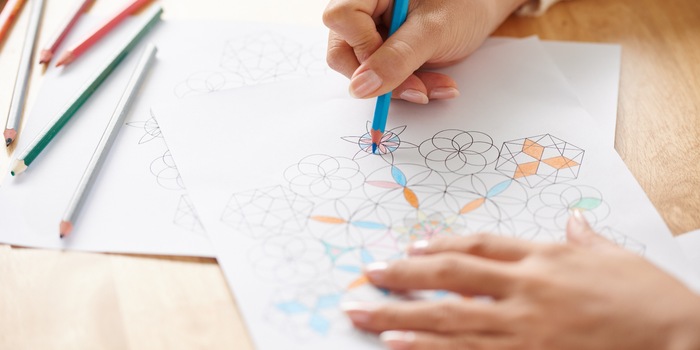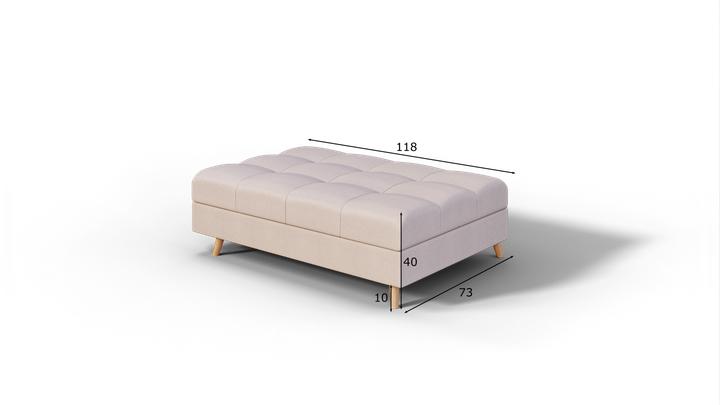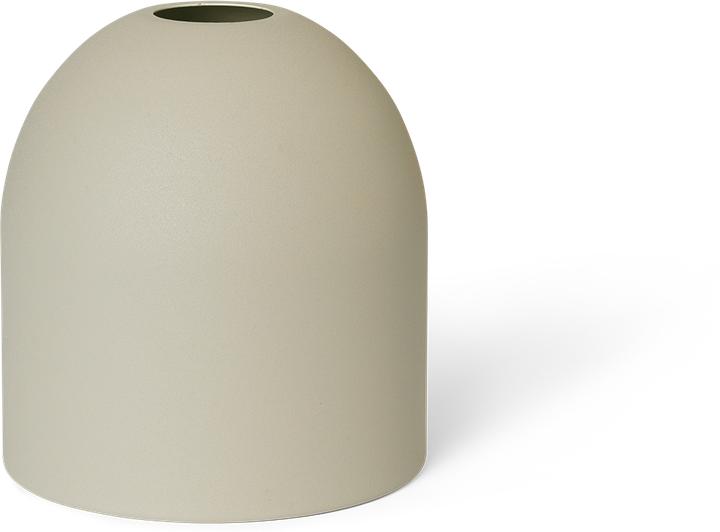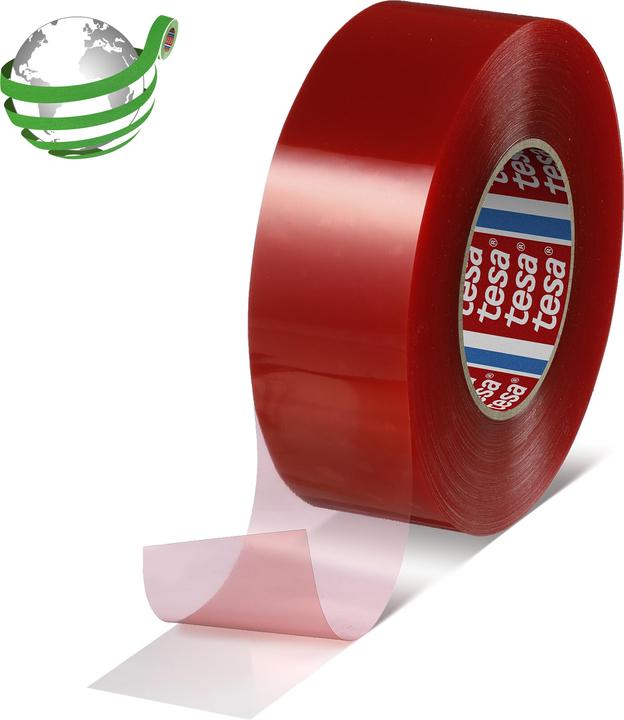

Self-test: Can you paint stress away?
When stress gets the better of you, any means that promises peace and relaxation will do. Even a wild dance with a colouring book and lots of neat coloured pencils. But why exactly do we calm down when we colour in and how much relaxation can we expect? A self-test.
What happens to us while we're colouring?
But before I dared to try it out for myself, I wanted to find out more: How exactly is this relaxation through doodling supposed to work? I asked Brigitte Jenni, a qualified psychological counsellor, about this.
Brigitte Jenni and qualified art therapist Dakshini Claudia Zepf point out that the following points should be considered if painting is to have any real effect:
"By the way, small children can colour anywhere undisturbed as they are not exposed to the same distractions as we are. They still have intact contact with their inner centre," explains Jenni. "Mobile phones, social media, school, work, all these stresses are still foreign to them."
By the way: Painting can also be used if something specific has happened that you are very upset about. However, it should not be used purely to combat symptoms. So if you are under constant stress and therefore have underlying problems and are at risk of suffering a burn-out, you should seek professional help and get to the root of the problem.
My experience
You might also be interested in this article:
Photo: depositphotos (DragonImages)
As a massive Disney fan, I see the world through rose-tinted glasses. I worship series from the 90s and consider mermaids a religion. When I’m not dancing in glitter rain, I’m either hanging out at pyjama parties or sitting at my make-up table. P.S. I love you, bacon, garlic and onions.
From the latest iPhone to the return of 80s fashion. The editorial team will help you make sense of it all.
Show all
























